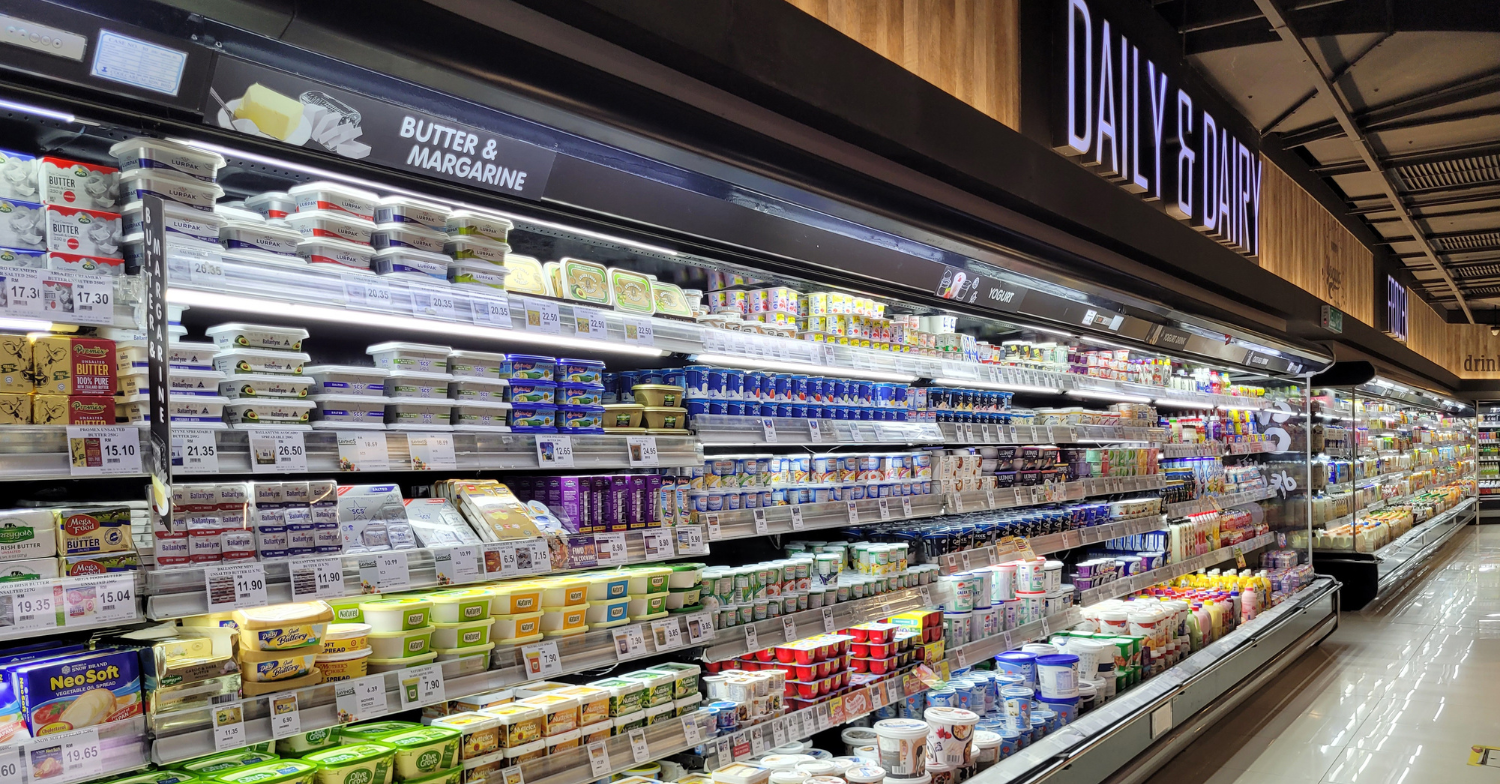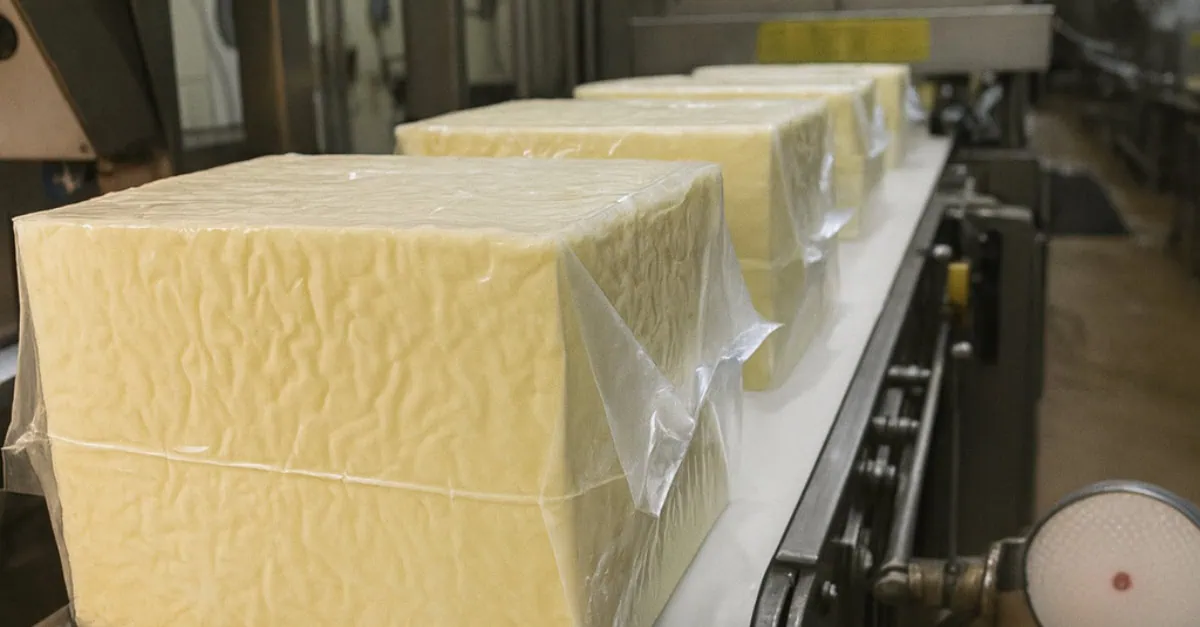Market update: Fat-heavy products surge while protein powders decline as April trade data confirms China tariff impact
The US dairy markets kicked off National Dairy Month with butter prices climbing back above the $2.50/lb threshold, defying high production levels as CME trading showed a notable lack of seller interest throughout the week.
Butter markets defy production logic
Despite April production data showing butter output increased 3.86% year-over-year, CME butter markets experienced a complete absence of offers this week. The disconnect between high availability and limited trading interest pushed prices to weekly highs by Thursday’s close.
Recent cold storage data revealed that underwhelming butter stocks resulted from a combination of reduced imports and exceptionally strong consumption during the Easter holiday period. “Plenty of butter has been consumed during the Easter holidays,” according to Vesper’s latest analysis, explaining the production-to-inventory gap.
April production: the great milk fat surplus
April 2025 marked another record month for US dairy production, with total milk output climbing 1.51% year-over-year. However, the story becomes more interesting when examining where that milk was processed.
Fat-heavy products surge:
- Butter production: +3.86% YOY
- Cheese production: +3.08% YOY (highest April volume ever)
- Whole milk powder (WMP): +36.19% YOY year-to-date
The cheese production milestone is particularly notable, with April volumes nearly matching March despite having one fewer day, effectively overcoming a -3.22% month-over-month growth rate by default.
Protein products decline:
- Non-fat dry milk (NFDM): -6.1% YOY
- Skim milk powder (SMP): -20.82% YOY
- Dry whey: -14.9% YOY
- Milk protein concentrate (MPC): -16.01% YOY
The dramatic increase in WMP production reflects processors’ need to handle excess milk fat, with increased domestic availability driving down prices in the US market.
Trade data confirms China tariff reality
April trade figures provide the first concrete evidence of US-China trade tension impacts on dairy exports, particularly in whey powder markets.
The tariff timeline:
- March 2025: Chinese buyers stockpiled ahead of tariff deadlines, pushing whey exports 65% above March 2024 levels
- April 2025: Exports plummeted 30% month-over-month as new trade barriers took effect
This classic pre-tariff stockpiling followed by correction represents “disrupted trade patterns [that] are fact, not speculation,” according to the analysis.
Alternative markets show mixed results
While Southeast Asian and Latin American buyers have increased purchases, with several countries posting explosive growth percentages, total export volumes remain below seasonal expectations. The fundamental challenge: alternative markets cannot absorb the volume that China typically purchases.
Recent US-China tariff reductions may influence whether these new trade relationships persist or if historical patterns reassert themselves in coming months.
National dairy month: strategic timing
The timing of national dairy month in June appears strategically designed to boost consumption at the tail end of the traditional milk flush period, when seasonal oversupply typically pressures markets. Industry observers suggest other global regions might benefit from implementing similar consumption-focused campaigns.
Market outlook: fat vs. protein divergence
The stark divergence between fat-heavy and protein-focused dairy products reflects underlying supply dynamics and processing capacity constraints. With abundant milk fat availability continuing to challenge processors, creative solutions for surplus utilization remain a key industry focus.
Meanwhile, the evolution of post-tariff trade patterns will likely determine whether current alternative market relationships represent permanent shifts or temporary adjustments in global dairy flows.
The full US weekly market analysis is available on the Vesper platform: https://app.vespertool.com/market-analysis/1994





